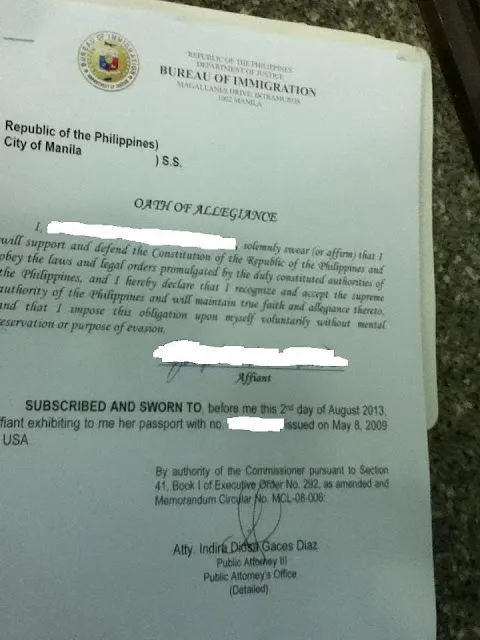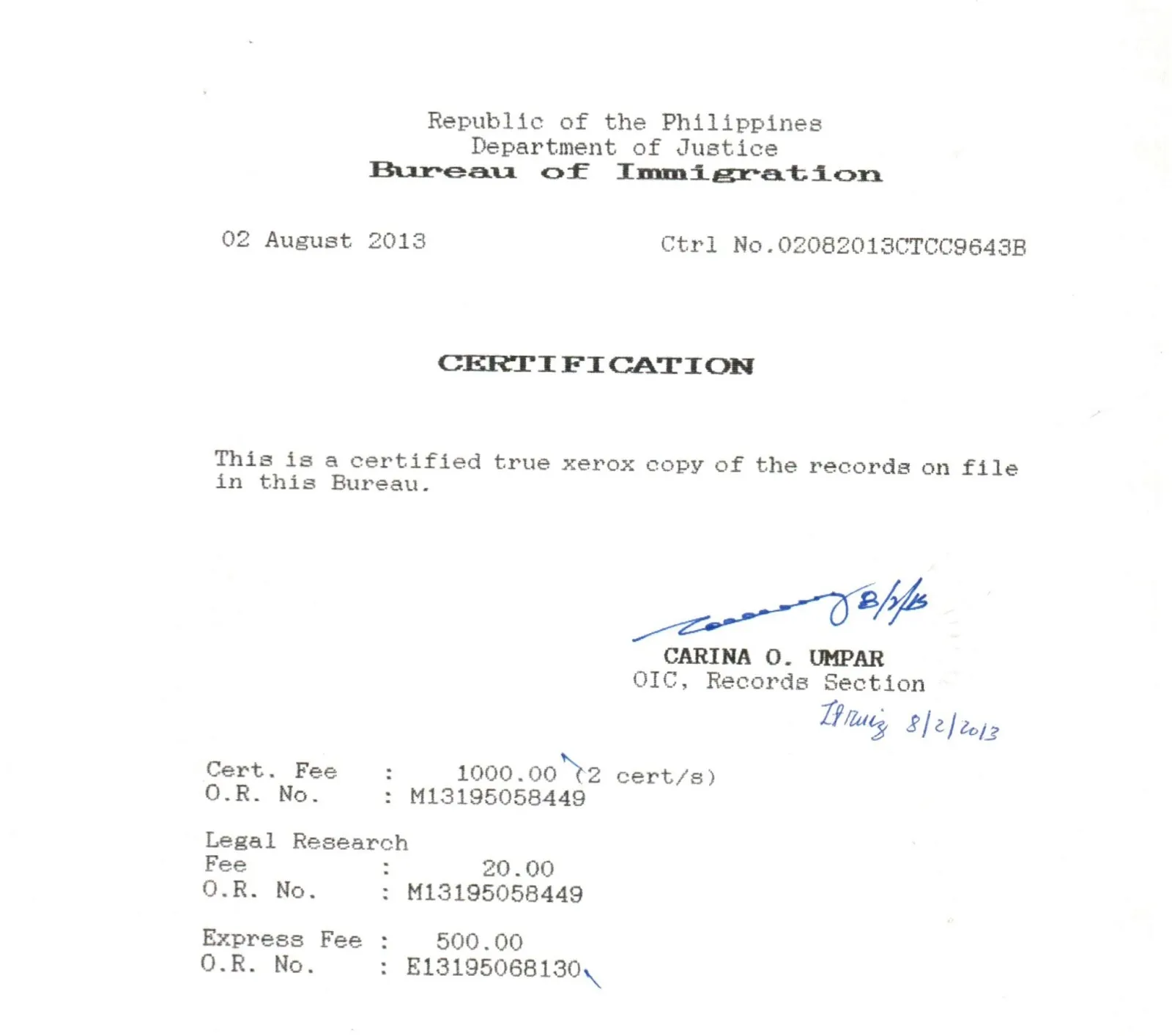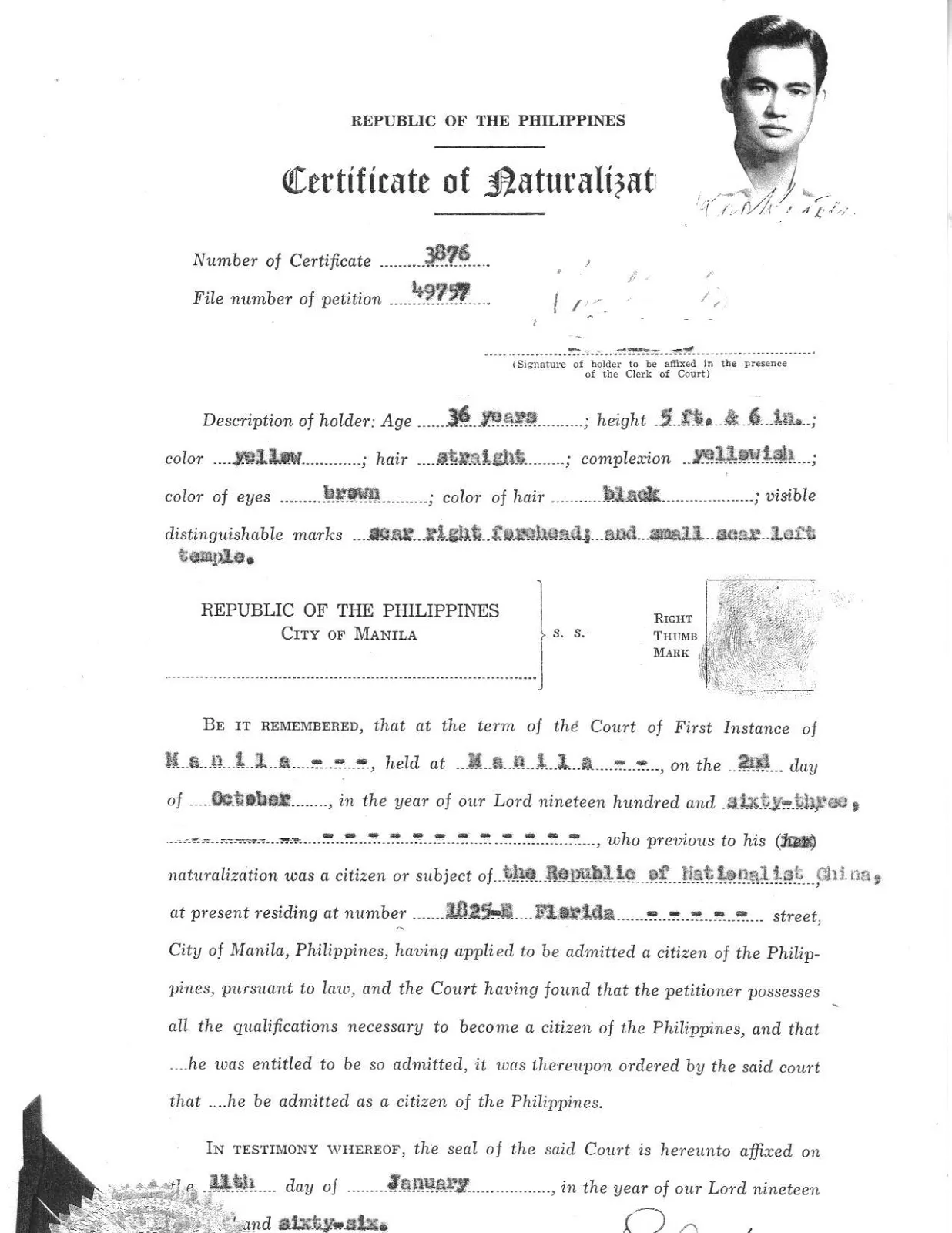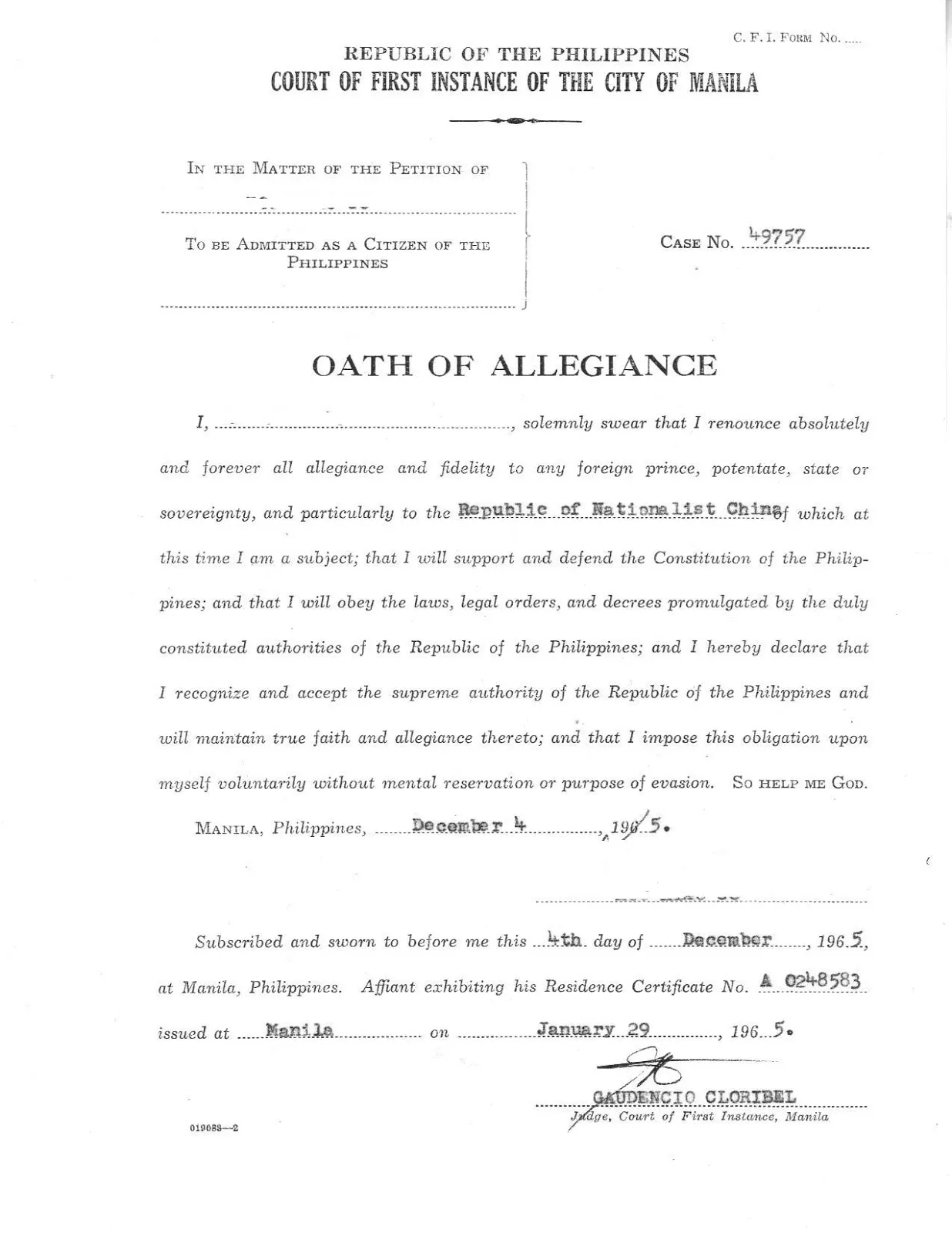What is Dual Citizenship Philippines
Dual citizenship in the Philippines allows Filipino citizens to hold citizenship in another country without forfeiting their Philippine citizenship. This is a significant aspect of Philippine law, especially for Filipinos who have become naturalized citizens of other countries or who were born abroad to Filipino parents. The concept recognizes the importance of maintaining ties to the homeland while also embracing opportunities and experiences in other nations. It provides a framework for individuals to enjoy the rights and privileges of being a citizen in multiple countries, including the ability to vote, own property, and participate fully in the social and economic life of both nations. It is a testament to the evolving global landscape and the increasing interconnectedness of people across borders.
Benefits of Philippine Dual Citizenship
The benefits of holding dual citizenship in the Philippines are numerous and far-reaching. One of the most significant advantages is the ability to own property in the Philippines. Without Philippine citizenship, restrictions may apply to land ownership, making dual citizenship a crucial factor for those wishing to invest in real estate. Furthermore, dual citizens can vote in Philippine elections, enabling them to participate in the democratic process and influence the country’s future. They are also eligible to apply for a Philippine passport, which provides access to visa-free travel to many countries, streamlining international travel. Additionally, dual citizens can work and conduct business in the Philippines without any restrictions, opening up opportunities for economic advancement and contributing to the country’s growth. This offers a more secure and stable environment for those with familial or business interests in the Philippines.
Who is Eligible for Dual Citizenship Philippines

Eligibility for dual citizenship in the Philippines is primarily determined by the Republic Act 9225, also known as the Citizenship Retention and Re-acquisition Act of 2003. Generally, individuals who were formerly Filipino citizens but have since become naturalized citizens of another country are eligible to re-acquire their Philippine citizenship. This also extends to natural-born Filipinos who were born abroad and have acquired the citizenship of another country. It’s essential to note that eligibility also includes the descendants of those who are eligible, such as their children. The law aims to provide a pathway for Filipinos and their descendants to reconnect with their heritage and enjoy the rights and privileges of Philippine citizenship. Understanding the specific criteria outlined in RA 9225 is crucial for determining eligibility and initiating the application process.
Requirements for a Dual Citizenship Application
The requirements for a dual citizenship application are comprehensive and designed to verify the applicant’s eligibility and identity. Applicants must typically submit a completed application form, which can be obtained from the Philippine embassy or consulate. They will need to provide proof of former Philippine citizenship, such as a birth certificate, old Philippine passport, or other relevant documents. Proof of foreign citizenship, such as a naturalization certificate or foreign passport, is also required. Additionally, applicants must provide supporting documents such as a marriage certificate (if applicable), birth certificates of children (if applicable), and passport-sized photographs. Depending on the specific circumstances of the applicant, other documents like a valid government-issued ID or a police clearance may also be requested. It’s crucial to gather all necessary documents and ensure they are certified and authenticated as required by the Philippine embassy or consulate.
Philippine Dual Citizenship Application Process Step by Step
The application process for Philippine dual citizenship involves several key steps, each of which must be carefully followed to ensure a successful outcome. First, the applicant must obtain and complete the application form from the Philippine embassy or consulate. Next, they must gather all the required supporting documents, ensuring that all documents are correctly certified and authenticated. The third step involves submitting the completed application form and supporting documents to the appropriate Philippine embassy or consulate. After the application is submitted, the applicant will be required to attend an interview, which may include an oath of allegiance to the Republic of the Philippines. Once the application is approved, the applicant will receive a Certificate of Recognition as a Filipino citizen, and they can then apply for a Philippine passport. Staying organized and meticulously following each step is crucial for a smooth and efficient application process.
Choosing the Right Application Form

Choosing the correct application form is a vital step in the dual citizenship process. The application form can usually be obtained from the Philippine embassy or consulate website or directly from the consular office. There may be different forms depending on the applicant’s specific situation, such as whether they were formerly a Filipino citizen or a descendant of one. The form requires detailed information about the applicant’s personal background, including their birth details, previous Philippine citizenship, and current foreign citizenship. It’s essential to read the instructions carefully and complete the form accurately and truthfully. Any errors or omissions could result in delays or rejection of the application. It is recommended to seek guidance from the Philippine embassy or consulate if you have any questions about the form or how to fill it out.
Gathering Supporting Documents
Gathering the necessary supporting documents is a critical and often time-consuming part of the application. These documents serve as evidence to support the applicant’s claim to Philippine citizenship. Required documents generally include a birth certificate, previous Philippine passport (if applicable), and proof of foreign citizenship, such as a naturalization certificate or foreign passport. Depending on the specific circumstances, additional documents such as a marriage certificate, birth certificates of children, and other forms of identification may be required. It is important to ensure that all documents are original or certified copies and that they are properly authenticated. The specific requirements can vary depending on the Philippine embassy or consulate, so it’s recommended to check their website or contact them directly to get a comprehensive list of required documents.
Submitting Your Application to the Philippine Embassy
Once the application form is completed and all the supporting documents are gathered, the next step is to submit the application to the Philippine embassy or consulate that has jurisdiction over the applicant’s place of residence. It is crucial to adhere to the specific submission guidelines provided by the embassy or consulate, which may include making an appointment, submitting the application in person or by mail, and paying the required fees. Applicants should ensure that they have made copies of all documents for their records and retain proof of submission. The embassy or consulate will review the application and supporting documents. The applicant will then be notified of the status of their application and any further steps that may be required, such as attending an interview. Following the submission guidelines precisely is crucial to avoid delays and ensure that the application is properly processed.
Oath of Allegiance and Certificate Issuance

If the application is approved, the applicant will be required to take an oath of allegiance to the Republic of the Philippines. This oath signifies the applicant’s commitment to upholding the laws of the Philippines and recognizing their duties as a Filipino citizen. The oath is usually administered by a consular officer at the Philippine embassy or consulate. After taking the oath, the applicant will be issued a Certificate of Recognition as a Filipino citizen, which serves as proof of their re-acquired Philippine citizenship. This certificate is a crucial document, as it allows the individual to enjoy all the rights and privileges of Philippine citizenship. With the certificate in hand, the applicant can then proceed to apply for a Philippine passport and other benefits of being a Filipino citizen.
Post-Application Considerations
After obtaining dual citizenship, there are several important considerations. Dual citizens should update their Philippine passport and other official documents to reflect their renewed citizenship status. They should also be aware of their rights and responsibilities as Philippine citizens, including the duty to obey Philippine laws and to participate in the democratic process if they choose to do so. It is also important to stay informed about any changes to Philippine laws and policies regarding dual citizenship. Furthermore, individuals should consider their tax obligations in both the Philippines and their other country of citizenship, as dual citizenship can have implications for taxation. Dual citizens should be proud of their heritage and contribute to the advancement of both the Philippines and their other country of citizenship.
